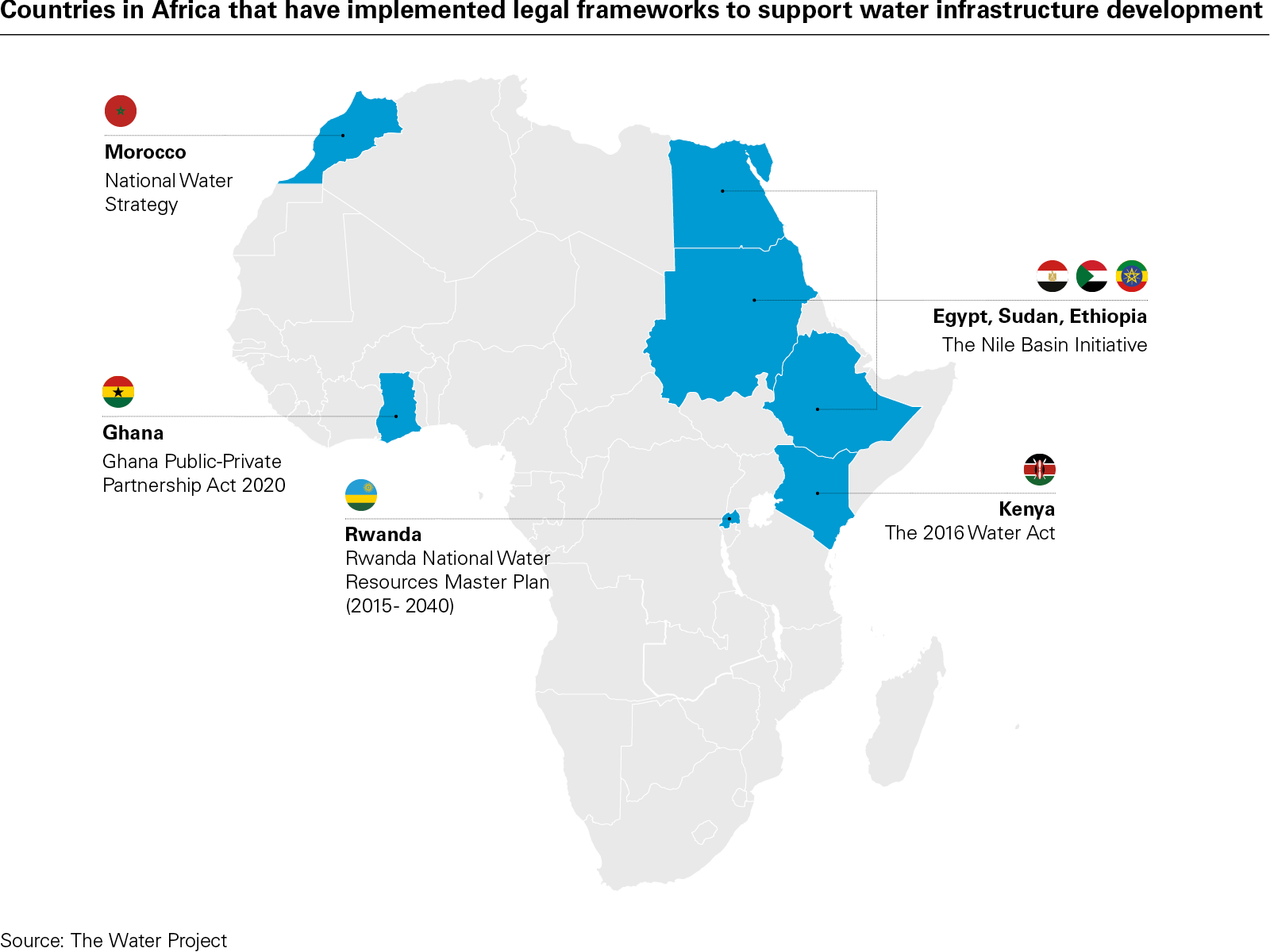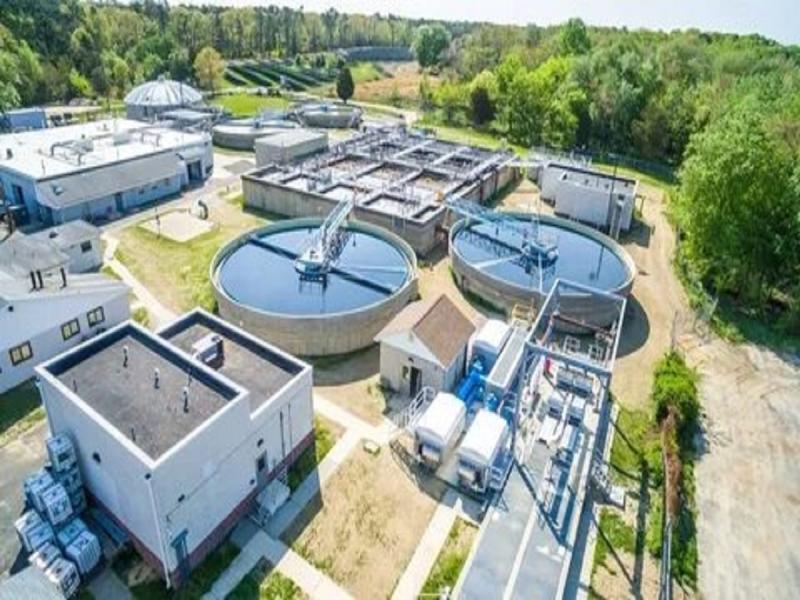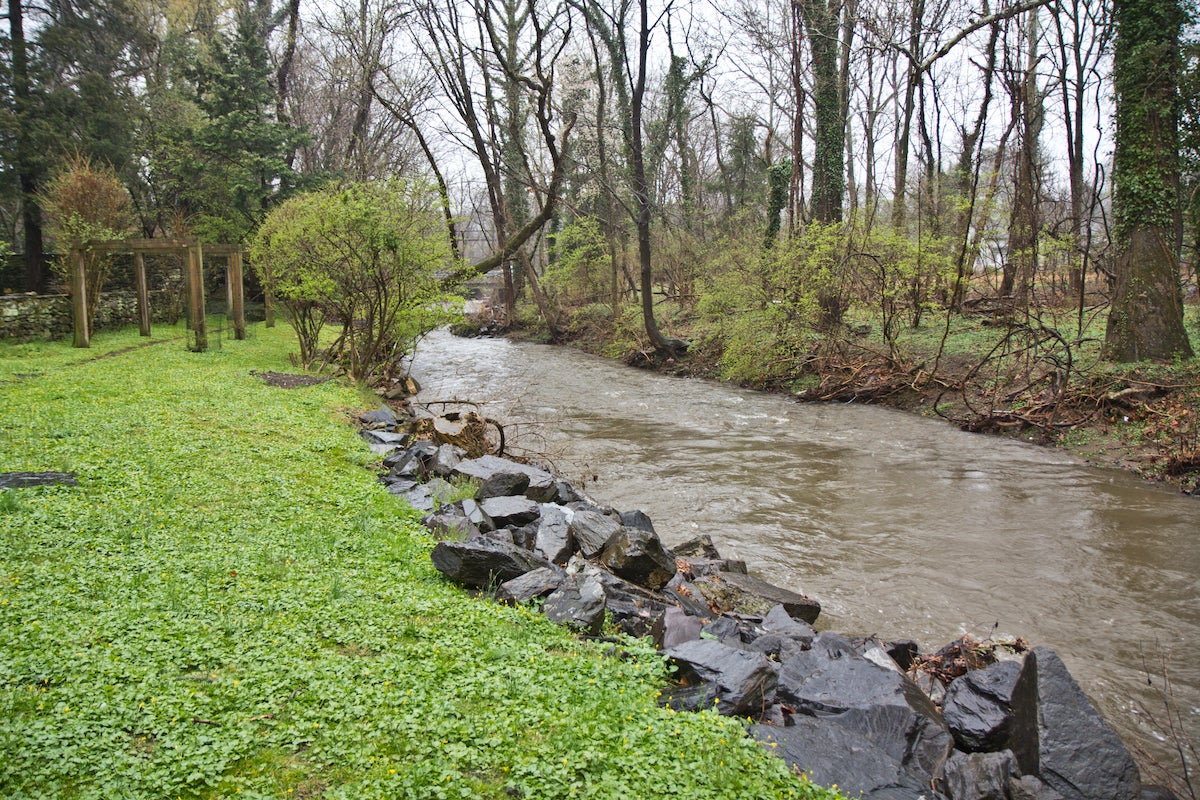Engineers: Marshall sewer plant relocation, updates to cost $36 million – The Asheville Citizen Times

Report on the Marshall Wastewater Treatment Plant Reconstruction Initiative
Executive Summary
Following extensive damage sustained during Tropical Storm Helene, the Town of Marshall’s wastewater treatment plant is slated for complete reconstruction. The initial plan to rebuild on the existing site has been revised in favor of relocating the facility out of the floodway to enhance resilience against future climate-related disasters. The project, with an estimated budget of $36 million, represents a significant investment in sustainable infrastructure, directly aligning with several United Nations Sustainable Development Goals (SDGs).
Project Scope and Financial Framework
The decision to relocate and rebuild the plant is a strategic move to ensure long-term operational viability and protect essential community services. The financial strategy is a multi-agency effort designed to minimize the direct cost to the municipality.
Project Budget and Funding Sources
- Total Estimated Cost: $36 million
- Project Management and Engineering: McGill and Associates
- The North Carolina Department of Environmental Quality (DEQ) will provide initial funding of $5 million.
- Of the remaining $31 million, the state will cover 75% through grants.
- The outstanding 25% (approximately $8 million) will be financed through a loan via the Clean Water State Revolving Fund.
- The town is actively seeking funding from the Federal Emergency Management Agency (FEMA) to cover the loan portion. FEMA is anticipated to cover 100% of replacement costs and 50% of mitigation costs, such as relocation.
Alignment with Sustainable Development Goals (SDGs)
The reconstruction initiative is fundamentally aligned with the global agenda for sustainable development. The project’s objectives and execution strategy contribute directly to the following SDGs:
-
SDG 6: Clean Water and Sanitation
The primary goal is to restore and improve wastewater treatment capabilities, ensuring access to sanitation and protecting local water resources from pollution. Rebuilding a modern, efficient plant directly supports Target 6.3 on improving water quality and increasing wastewater treatment.
-
SDG 11: Sustainable Cities and Communities
By relocating the plant out of a high-risk floodway, the project directly addresses Target 11.5, which aims to reduce the economic and social impact of water-related disasters. This action builds resilient infrastructure, making the community safer and more sustainable.
-
SDG 13: Climate Action
The project is a proactive climate adaptation measure. Recognizing the increased threat from extreme weather events, the relocation strengthens the community’s adaptive capacity to climate-related hazards, in line with Target 13.1.
-
SDG 9: Industry, Innovation, and Infrastructure
This initiative focuses on developing quality, reliable, and resilient infrastructure as outlined in Target 9.1. The investment moves beyond simple repair to create a new, technologically advanced facility designed for long-term sustainability.
-
SDG 17: Partnerships for the Goals
The complex funding and planning model exemplifies a multi-stakeholder partnership. Collaboration between local (Marshall Town Board), regional (Land of Sky Regional Council), state (DEQ), and federal (EPA, FEMA) entities is critical to the project’s success, reflecting the core principle of SDG 17.
Relevant Sustainable Development Goals (SDGs)
- SDG 6: Clean Water and Sanitation
- SDG 9: Industry, Innovation and Infrastructure
- SDG 11: Sustainable Cities and Communities
- SDG 13: Climate Action
Specific SDG Targets
SDG 6: Clean Water and Sanitation
- Target 6.3: By 2030, improve water quality by reducing pollution… halving the proportion of untreated wastewater.
Explanation: The article’s central theme is the damage to and rebuilding of a wastewater treatment plant. The plant being “out of operation in October and November” meant that sewage had to be pumped and hauled, highlighting the critical need for wastewater treatment infrastructure to prevent water pollution. The entire project is aimed at restoring this function. - Target 6.a: By 2030, expand international cooperation and capacity-building support… in water- and sanitation-related activities and programmes… wastewater treatment.
Explanation: The article details a multi-level partnership to fund the project. It involves local (Marshall Town Board), state (Department of Environmental Quality, Clean Water State Revolving Fund), and federal (EPA, FEMA) entities collaborating to provide the necessary financial and technical support to rebuild the plant.
SDG 9: Industry, Innovation and Infrastructure
- Target 9.1: Develop quality, reliable, sustainable and resilient infrastructure… to support economic development and human well-being.
Explanation: The project is focused on rebuilding a critical piece of public infrastructure—the sewer plant. The plan to “be rebuilt elsewhere… in order to move out of the floodway” and “mitigate against future disasters” directly addresses the need for creating resilient infrastructure that can withstand future climate-related events.
SDG 11: Sustainable Cities and Communities
- Target 11.5: By 2030, significantly reduce… the number of people affected and substantially decrease the direct economic losses… caused by disasters, including water-related disasters.
Explanation: The wastewater plant was “severely damaged by Tropical Storm Helene,” a water-related disaster. The article quantifies the direct economic losses, including the “$36 million” estimated cost to rebuild and the “$2 million” the town spent to “pump and haul its sewage” as a temporary measure. The project’s goal is to prevent such losses in the future. - Target 11.b: By 2020, substantially increase the number of cities… adopting and implementing integrated policies and plans towards… mitigation and adaptation to climate change, disaster risk reduction.
Explanation: The decision by the Marshall Town Board to relocate the plant out of the floodway is a clear implementation of a local plan for disaster risk reduction and climate change adaptation.
SDG 13: Climate Action
- Target 13.1: Strengthen resilience and adaptive capacity to climate-related hazards and natural disasters in all countries.
Explanation: The damage was caused by Tropical Storm Helene, a climate-related hazard. The response, which includes rebuilding the plant in a new, safer location and taking steps to “mitigate against future disasters,” is a direct example of strengthening resilience and adaptive capacity at the local level.
Indicators for Measuring Progress
-
Direct Economic Loss Due to Disasters (Indicator 11.5.2)
The article explicitly provides financial data that can be used as an indicator of economic loss. It states the project has a “proposed budget for the facility is $36 million” and that the town “spent roughly $2 million in October and November to pump and haul its sewage.” These figures represent the direct economic impact of the disaster on critical infrastructure and basic services.
-
Proportion of Wastewater Safely Treated (Implied, related to Indicator 6.3.1)
The article implies this indicator by stating the plant was “out of operation,” meaning the proportion of safely treated wastewater was zero during that period. The success of the $36 million project will be measured by the restoration of the plant’s capacity to treat the community’s wastewater effectively.
-
Adoption of Local Disaster Risk Reduction Strategies (Implied, related to Indicator 11.b.2 and 13.1.2)
The article describes a specific local strategy. The decision that the “treatment plant will need to be built from scratch in a new location in order to move out of the floodway” is a tangible plan adopted by the local government (Marshall Town Board) to reduce future disaster risk, serving as a qualitative indicator of progress.
Summary Table of SDGs, Targets, and Indicators
| SDGs | Targets | Indicators |
|---|---|---|
| SDG 6: Clean Water and Sanitation | Target 6.3: Improve water quality by reducing pollution and treating wastewater. | Implied: Restoration of wastewater treatment capacity. The article notes the plant was “out of operation,” and the project’s goal is to rebuild it. |
| SDG 9: Industry, Innovation and Infrastructure | Target 9.1: Develop quality, reliable, sustainable and resilient infrastructure. | Mentioned: Investment in resilient infrastructure. The article specifies a “$36 million” budget to rebuild the plant to “mitigate against future disasters.” |
| SDG 11: Sustainable Cities and Communities | Target 11.5: Substantially decrease direct economic losses caused by disasters. | Mentioned: Direct economic loss from a disaster. The article cites the “$36 million” rebuilding cost and “$2 million” in temporary service costs. |
| SDG 13: Climate Action | Target 13.1: Strengthen resilience and adaptive capacity to climate-related hazards. | Implied: Adoption of a local disaster risk reduction strategy. The plan to move the plant “out of the floodway” is a direct measure to adapt to future climate hazards. |
Source: citizen-times.com

What is Your Reaction?
 Like
0
Like
0
 Dislike
0
Dislike
0
 Love
0
Love
0
 Funny
0
Funny
0
 Angry
0
Angry
0
 Sad
0
Sad
0
 Wow
0
Wow
0












































































